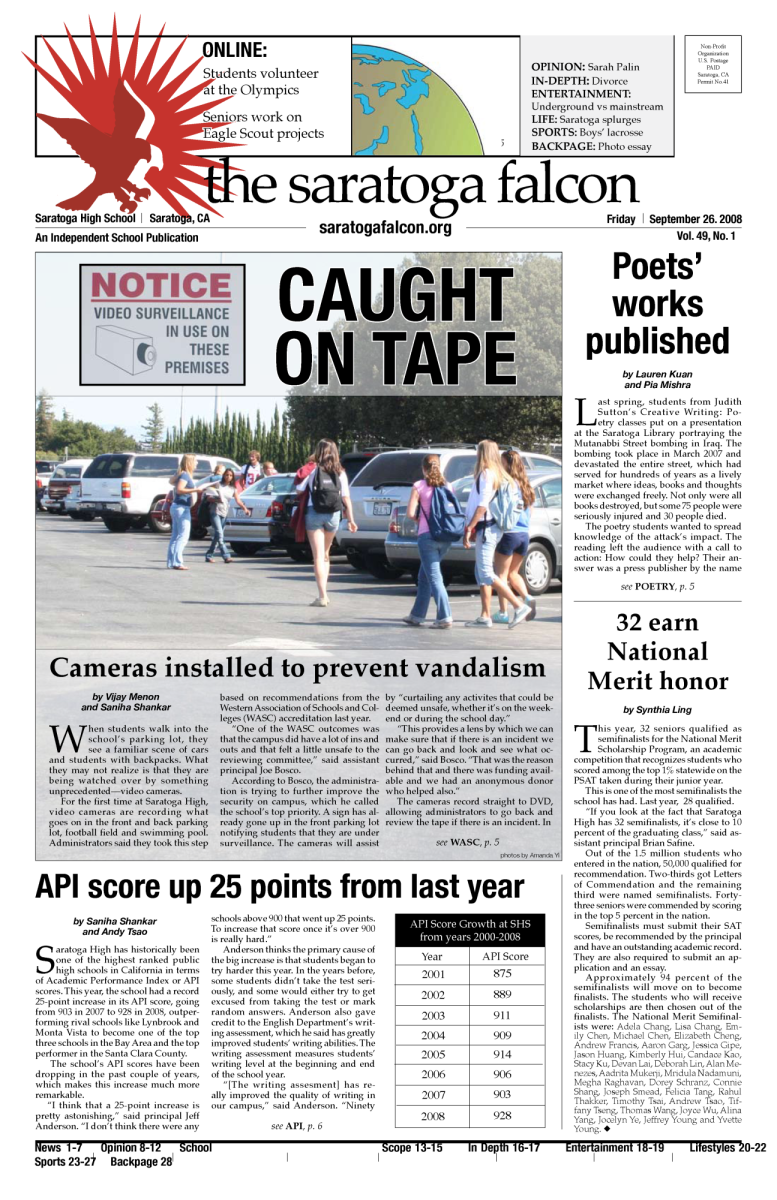Reality TV star Kylie Jenner, age 18, sparked an outrage by posting an Instagram picture four weeks ago of herself in cornrows, a hairstyle some black women wear to manage textured hair. While this hairstyle has garnered praise for being “edgy” and “innovative,” it has also called attention to the difference between cultural appropriation and cultural appreciation.
Cultural appropriation is the adoption and exploitation of an element of minority, whereas cultural appreciation involves an understanding and respect for the culture.
For black people, cornrows are not merely fashion statements. Not only do these protective styles keep textured hair neat and healthy, they play a big role in black identity, according to Michaela Angela Davis, a black image activist.
“We hold all this stuff in our hair. It is a repository of our history, of our heroes, of our happiness. It’s how we identify,” Davis said in a Refinery 29 article.
Therefore, many non-black celebrities who have sported this hairstyle have been criticized for cultural appropriation.
For instance, actress Amandla Stenberg, age 16, called out Jenner for wearing cornrows in her Instagram selfie. Stenberg commented on Jenner’s appropriation of black features and her reluctance to speak about black issues like police brutality.
Most students agree with Stenberg that wearing cornrows or other black hairstyles as a non-black person is cultural appropriation.
“White people who wear cornrows are lauded as being edgy, while no one will call a black person beautiful for wearing his or her hair in the same style,” junior Julie Cai said. “It cannot be written off as ‘appreciation’ of another culture if it is being treated as a costume.”
Other students agree to some extent that non-black people should not be wearing black hairstyles, but for different reasons.
“As long as the people wearing black hairstyles are not doing it just to make fun of black people, it should be fine,” sophomore Charles Qi said.
Many, however, view these hairstyles as a way to channel creativity. Freshman Joan McCarthy argues that hairstyles should be available to everyone regardless of race, and those who wear historically black hairstyles are only expressing their appreciation for black culture.
“There might be stereotypical white hairstyles but that doesn’t mean we’re not going to allow people of other cultures to also enjoy our hairstyles,” McCarthy said.
Regardless of whatever side people take, the line between cultural appropriation and cultural appreciation is hard to distinguish. Many other parts of minority cultures are popular in American society, such as Native American headdresses, Aztec print, henna and bollywood dance. In order to prevent cultural appropriation, students have educated themselves about cultural activities they participate in.
Junior Aarya Mecwan said that when non-Indians participate in Bombay in the Bay, “wear henna, or do garba, they do it because they want to have fun with their friends. But it’s important to know the background of what they’re doing because … every culture that we adopt from is important and relevant.”



























